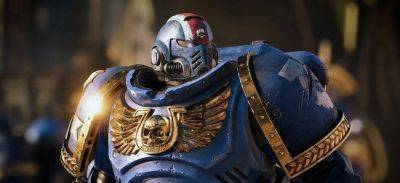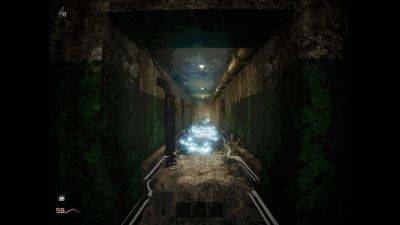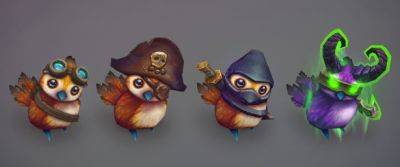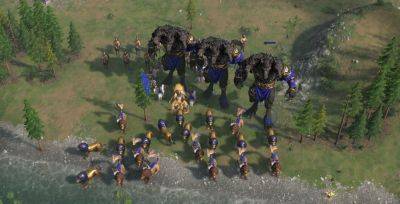The Evolution of Assassin's Creed's Eagle Vision
All of Assassin's Creed's protagonists share a sixth sense that lets them detect hidden secrets and threats - but this gift tends to vary a lot, depending on who's using it. Whether it's a mysterious second sight inherited from the forgotten First Civilization or a sharp-eyed airborne friend, Eagle Vision has always been a part of the series, and you'll be able to use its latest evolution in Assassin's Creed Shadows on November 15. Keep reading to find out how it's changed throughout the series' history, and discover it for yourself in the Assassin's Creed games included in a Ubisoft+ Classics or Premium subscription.
Assassin's Creed
The original Eagle Vision used by Altaïr Ibn-La'Ahad served a very straightforward purpose: It identified people as friends, foes, key mission characters, and assassination targets, highlighting them as blue, red, white, and yellow, respectively. This helped players more quickly spot patrolling guards and social hiding spots against Assassin's Creed's muted color palette, but was restrained compared to the Eagle Vision of later games. Altaïr had to be at full synchronization (read: health) to use it, and activating it switched the camera to a stationary first-person view.
Attempting to move anything but the camera would switch back to normal vision, although the glowing auras would linger for a little while after it was turned off. It also played a key role in the game's final moments, when Altaïr could use it to separate illusion from reality - and when the present-day protagonist Desmond Miles, held captive and forced to explore his ancestor's genetic memories, gained the ability and used it to see hidden arcane symbols painted on the walls of his cell.
Assassin's Creed II and


 news.ubisoft.com
news.ubisoft.com




















